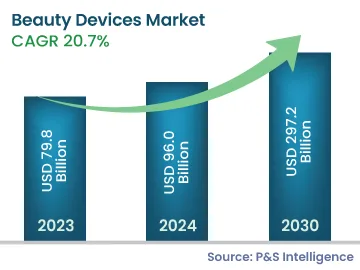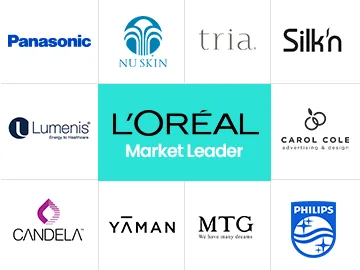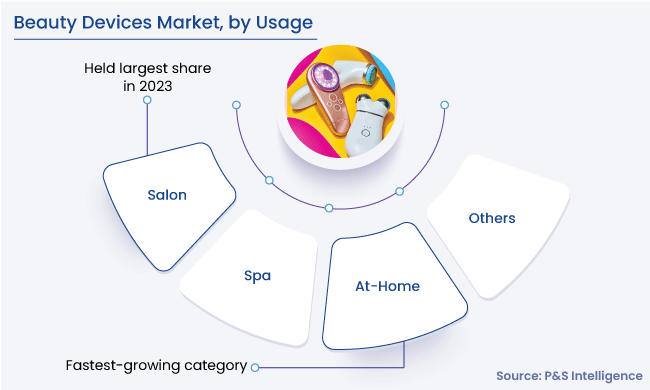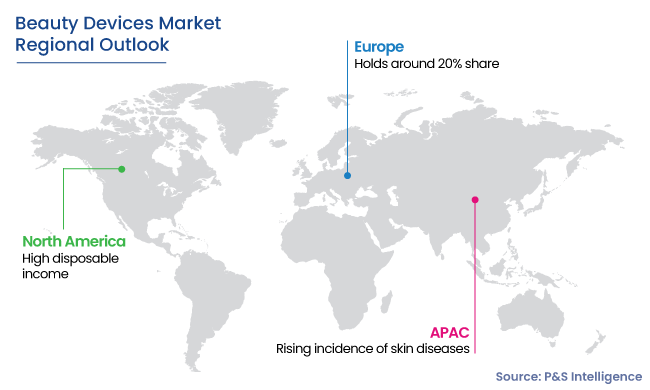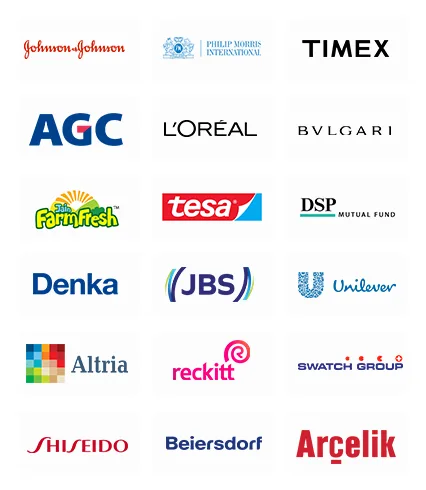Beauty Devices Market Analysis
The beauty devices market generated revenue of USD 79.8 billion in 2023, which is expected to witness a CAGR of 20.7% during 2024–2030, to reach USD 297.2 billion by 2030. The major factors behind this are the elevating personal care spending, surging awareness of aesthetics, and rising prevalence of dermatological diseases and hormonal disorders. Additionally, the growing geriatric population, coupled with the rising disposable incomes, has a positive influence on the market progress.
The increasing appearance consciousness among consumers due to the budding exposure to social media is driving the demand for cosmetic products. The technological advancements in this space, such as laser treatments for skin lightening and tightening, which provide instant, satisfactory, and more-permanent results, also contribute to the market advancement.
Moreover, the increment in the aging population in China, India, and Brazil is playing a pivotal role in generating product demand. Elderly people suffer from a reduction in the vascular and glandular networks in the skin layers and lose fibrous tissue. Anti-aging products and tools help reduce aging marks, thus providing a younger look by revitalizing and tightening the skin.
Moreover, the snowballing preference for home-use cosmetic therapy is encouraging players to develop more-convenient and effective products. The prevalence of hormonal disorders is increasing globally due to various factors, including insufficient sleep, a stressful lifestyle, a poor diet, and lack of exercise. For instance, polycystic ovary syndrome (PCOS) is an endocrine disorder that occurs due to an imbalance in hormone levels in females and leads to acne and unwanted hair.
